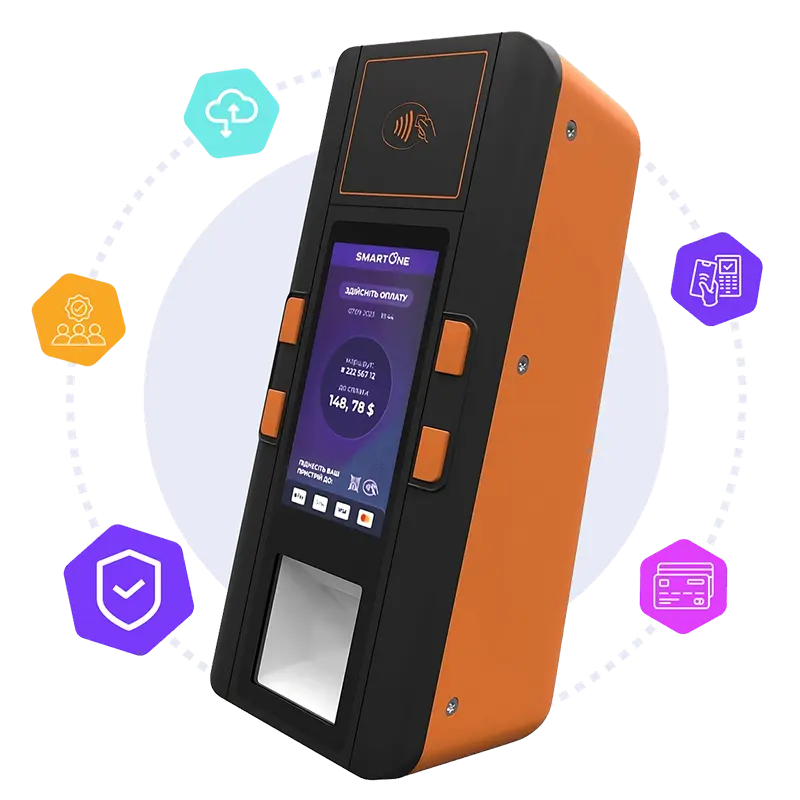From Traditional to Smart POS: The Transition Explained
Understanding Traditional POS Systems
Traditional POS systems, like cash registers and printers, have been relied upon for decades. They offer functionalities such as point-of-sale transactions, inventory management, and basic reporting. However, these systems face challenges in scalability, maintenance costs, and the need for manual data entry. Despite their simplicity, they are limited in handling complex data and advanced analytics, which can hinder business growth.
The Advantages of Smart POS Machines

Smart POS machines revolutionize the POS landscape by integrating technology for enhanced functionality. These systems provide real-time data processing, advanced analytics, and customer interaction features like QR codes. They improve inventory management, reduce errors, and boost customer satisfaction, making them ideal for businesses seeking efficiency and modernization.
Transitioning to Smart POS: A Step-by-Step Guide
Transitioning to smart POS involves several considerations: assessing current needs, evaluating options, integrating new systems, training staff, and planning a rollout. Businesses should conduct a needs assessment to identify areas for improvement and choose a system that offers the required features. Integration with existing infrastructure is crucial for seamless operation, and staff training ensures smooth transition.
Case Study: Success Stories in Transition
A Case Study of a small retail store illustrates the benefits of transitioning. By upgrading to a smart POS system, the store experienced a 15% increase in sales, reduced transaction errors, and enhanced customer satisfaction. This example underscores the transformative impact of smart POS systems on business performance.
Comparative Analysis: Traditional vs. Smart POS
A Comparative Analysis reveals that traditional POS systems excel in simplicity and cost, while smart POS offers advanced features and efficiency. Market data and expert opinions highlight scenarios where each system is optimal, guiding businesses in making informed decisions based on their specific needs.
Future Trends in POS Technology
Looking ahead, future trends include AI integration, IoT devices, and biometric authentication. These advancements promise real-time data insights, automated processes, and secure transactions, shaping the future of POS systems and their significant impact on the industry.
In conclusion, transitioning to smart POS systems is a strategic move that can elevate a business's operations and customer service. By understanding the evolution of POS technology and leveraging these tools effectively, businesses can thrive in an ever-changing market. Embracing this technological shift is not just a trend; it's an investment in growth and efficiency.
